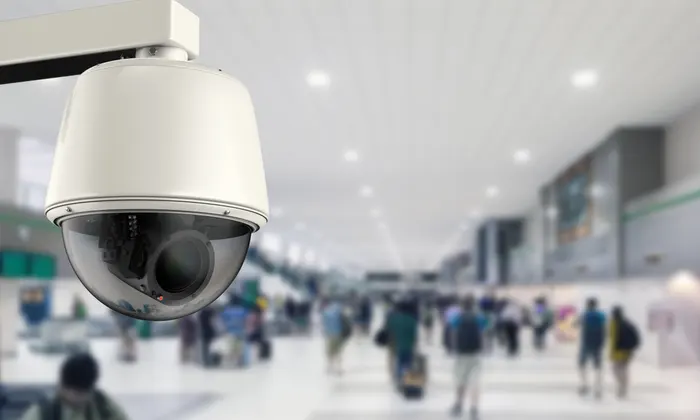Xi Jinping is watching you. You read it right. Wherever you are in China, you are under constant camera surveillance. The country has over 700 million surveillance cameras, which means there is one lens for every two citizens.
As per Worldometer, China’s population as on 30 March, 2023, is over 1.45 billion (1,454,507,737). Every single person, be it Chinese national, or foreigner, can be identified using these cameras through facial recognition or “gait recognition” which uses body movement of an individual and identifies him/her.
Camera surveillance system in China has expanded dramatically since the Covid-19 pandemic. As per IHS Markit Technology, there were more than 567 million surveillance camera in 2021.
What do these surveillance cameras do?
In December last year, China abruptly relaxed its stringent zero-Covid policy. Several people who were stuck, returned to Beijing and found cameras fixed right outside their apartment doors.
People are now being watched at work, on the streets, on public transportation, when they leave their homes and when they return.
These camera checks if people are wearing face mask, crossing the road before the green lights for pedestrians are turned on. If caught breaking rules, people lose their social credit points, are charged higher mortgage, extra taxes and slower internet speed. Not only that, public transport for them gets expensive as well, and the list goes on.
What the Chinese government has to say?
The Chinese government says that many of these cameras are being installed as part of their “digital health code”. Though people have gotten accustomed to these 24×7 surveillance, there are a few who have expressed discomfort with cameras.
A report by Tal Global quoted a government worker saying one day when he returned home from work and found a police officer and a community worker in his home setting up a camera positioned within a cabinet inside his house. When asked what it was for, they said the camera was installed for his own protection in case there was vandalism in the building.
The facial recognition cameras and surveillance systems of China are being used to conduct seemingly innocuous tasks, such as monitoring visitors at tourist sites, conducting security checks at airports, and for more invasive purposes like predictive policing and helping carry out repressive policies.
Before the pandemic, media reports detailed how China used tech surveillance in Xinjiang to repress its Uyghur population.
What is Chinese ‘gait recognition’?
China’s ‘gate recognition’ software uses people’s body shapes and how they walk to identify them, even when their faces are hidden from cameras.
Police in Beijing and Shanghai were already using the software that can identify people from up to 50 meters even with their back turned or face covered.

